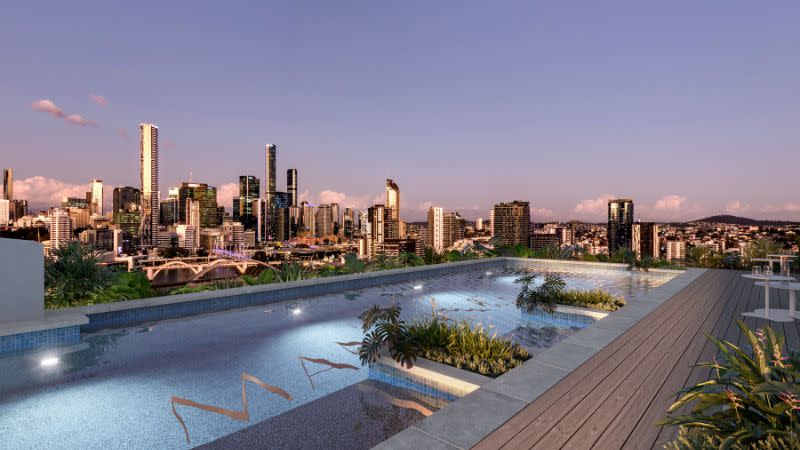Resources
Newsletter
Stay up to date and with the latest news, projects, deals and features.
Subscribe
South-east Queensland needs more apartments and townhouses if it is to accommodate more than 6 million people in the region in 2046.
The state government has released growth trajectories of an extra 2.2 million residents for the south-east corner of Queensland—and it will be home to a population bigger than the entire state in 2023.
It comes ahead of the release of the revised and long-anticipated draft South-East Queensland Regional Plan, which is reportedly due to be released in the next two months.
The draft revised plan will refine housing targets across the 12-council, 35,248sq km region to reflect updated population growth and housing requirements.
Queensland Minister for Planning Steven Miles said the state needed to get ready to build more in light of the population growth forecasts.
“We are in our decade of opportunity. We have a strong economy. We have a 10-year pipeline of infrastructure projects in the lead up to and beyond Brisbane 2032,” Miles said.
“And we are creating good, secure jobs in the key industries that will help us decarbonise.”
Miles said the state government had committed to an $88.7-billion, four-year building program, focused on delivering infrastructure.
But it is this significant pipeline of work that is also exacerbating labour constraints in the development sector.
The state’s builders are operating in financially tricky times, typified by the collapses of ConDev, ProBuild, Porter Davis and most recently GCB Construction, which will leave a gaping hole in the residential development industry.

The population growth was also anticipated to create more demand for single-person housing, Miles said.
“More people are living alone … the number of one-person households will increase from 23 to 45 per cent in 2046,” he said.
“To meet the needs of our growing Queensland and ensure we maintain our great lifestyle, we need more housing supply and a better mix of housing options.
“This means building more units, townhouses and terraces.”
Mosaic managing director Brook Monahan said he welcomed the Deputy Premier’s acknowledgment of the growing need for a more diverse mix of housing options.
“Our research team has been closely observing and analysing south-east Queensland's housing market's evolving trends and challenges for years now. These latest statistics underscore what we have been observing for some time about how our society is changing, particularly regarding how and where people want to live,” Monahan said.
“Housing diversity offers a genuine solution to the current and projected challenges. By providing a diverse range of living options, from the ‘missing middle’ through to medium and high-density multi-residential, we can effectively address the changing preferences of the population and accommodate the growing number of smaller households.
“There was already a massive projected shortfall of apartments across [the region] in the next few years, exacerbated by the ongoing challenges faced by the construction industry, which is still causing many developments to be shelved, some permanently because they simply cannot be delivered.
“We are eager to see the draft SEQ regional plan and actively contribute to sustainable solutions.”

Apartment projects are idling on the sidelines amid cost of construction and labour constraints with many falling over, including most recently Aviary at Toowong.
The state’s capital is expected to take the lion’s share of this population growth with a forecast 457,000 new residents anticipated in 2046.
The City of Gold Coast is expected to also receive a significant bump in population with an additional 381,200 people moving to the coast.
The recently renamed City of Moreton Bay is expected to accommodate an extra 302,600 people to the fast-growing region.
The Ipswich and Logan local government areas are also in line for strong population growth.
The state government’s draft South-East Queensland Regional Plan is expected to update the housing requirements across the 12 local government areas, with planning changes to encourage an increase in affordable housing.